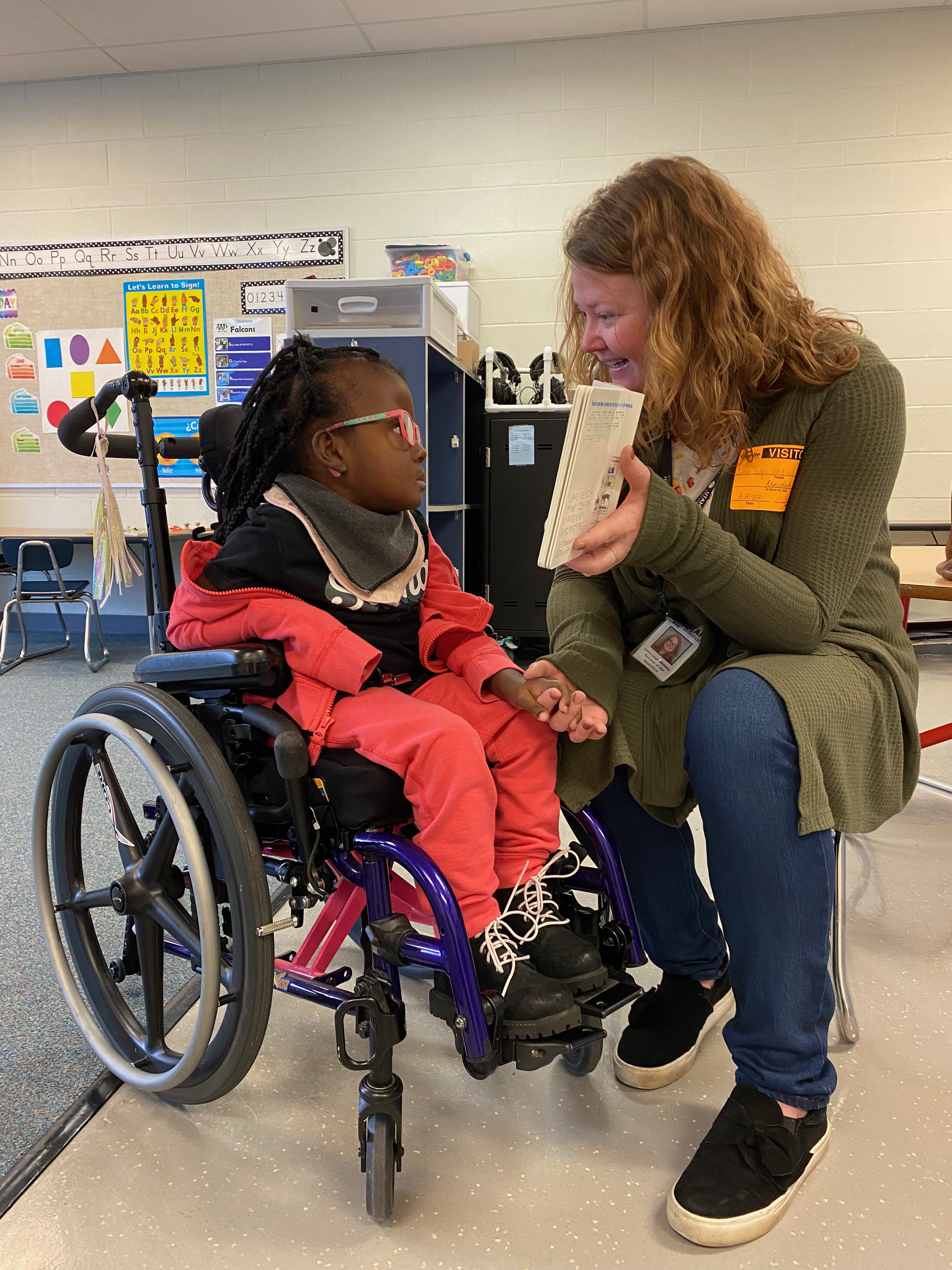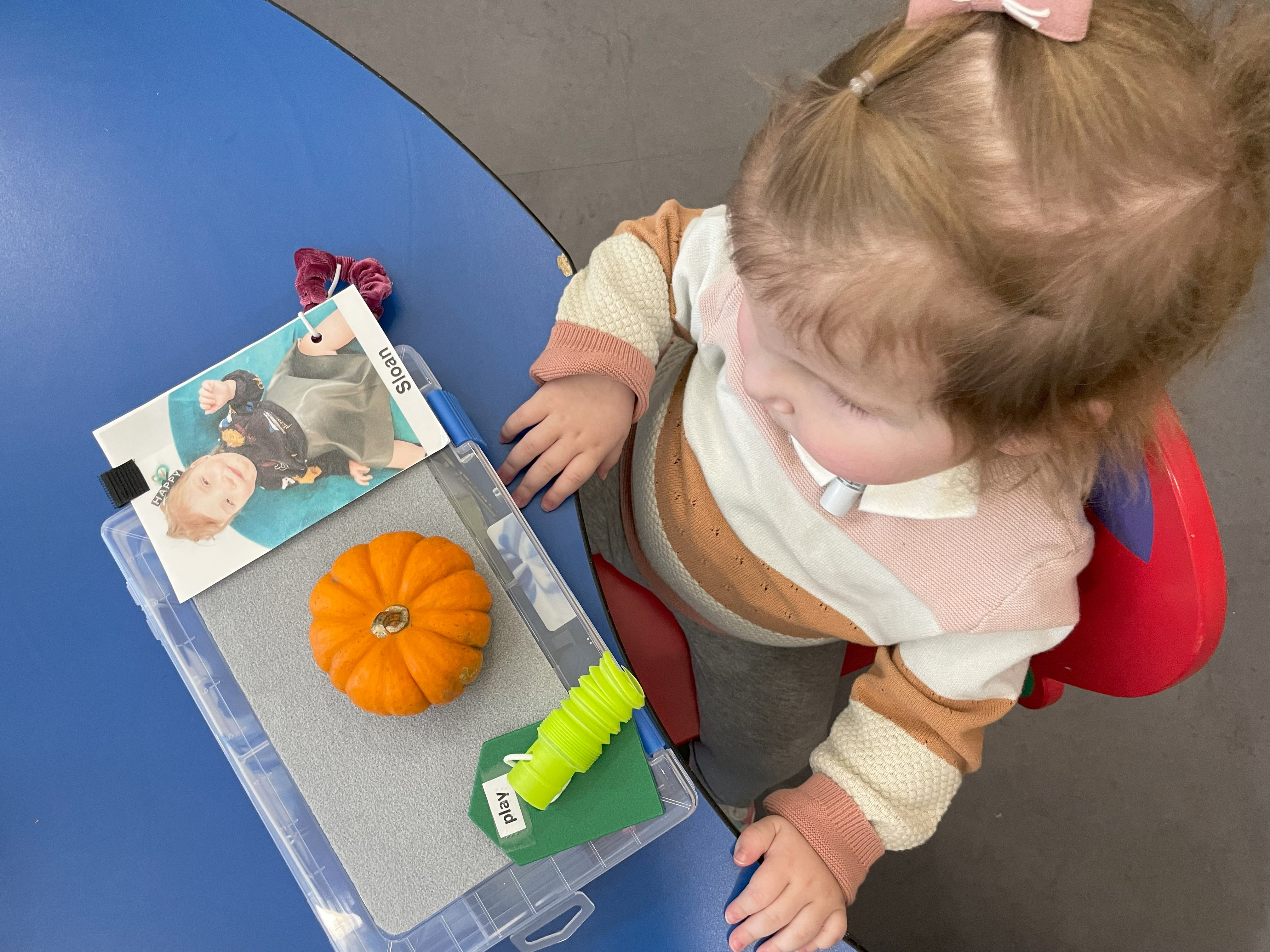Including Deafblindness on the IEP
September 2023
Vision and hearing are the two main senses for accessing and gathering information. . . If the student cannot detect, or has difficulties detecting information, they cannot take advantage of what the school has to offer. So, it is fundamental that students who are deaf-blind with multiple disabilities have the disability of deaf-blindness included on their IEPs. – Gloria Rodriguez-Gil
Looking for resources to share with your child’s team about the importance of listing deafblindness as their disability on their IEP? The resources on this page offer helpful information on how to identify a child who is deafblind and provide appropriate services. Because deafblindness is rare, many administrators and educators are unfamiliar with the impact of combined vision and hearing loss on evaluation and instructional practices.
The resources on this page include high-quality practices for assessing and educating children who are deafblind. You can share them with your child’s educators and school administrators as well as use them to increase your own knowledge.
Contact your state deafblind project for additional information and support.


Resources on Identifying Deafblindness
An Overview of Deafblindness
An easy-to-read factsheet that provides a quick overview of what deafblindness is and how children who are deafblind learn and communicate.
Identification of Children With Deaf-Blindness: Resources For School Administrators
An article that provides information and resources to help school administrators increase their knowledge of deafblindness and how they can support identification of students who are deafblind.
Identifying Dual Sensory Loss in Students With the Most Significant Cognitive Disabilities [NCDB/ATLAS BRIEF #1]
A four-page publication with details about students with known or suspected dual sensory loss, including recommendations for identification and implications for instruction.
Resources on High-Quality Practices
Reference
Rodriguez-Gil, G. (2011). The importance of having the disability of deaf-blindness “checked” in the IEP. California Deafblind Services.